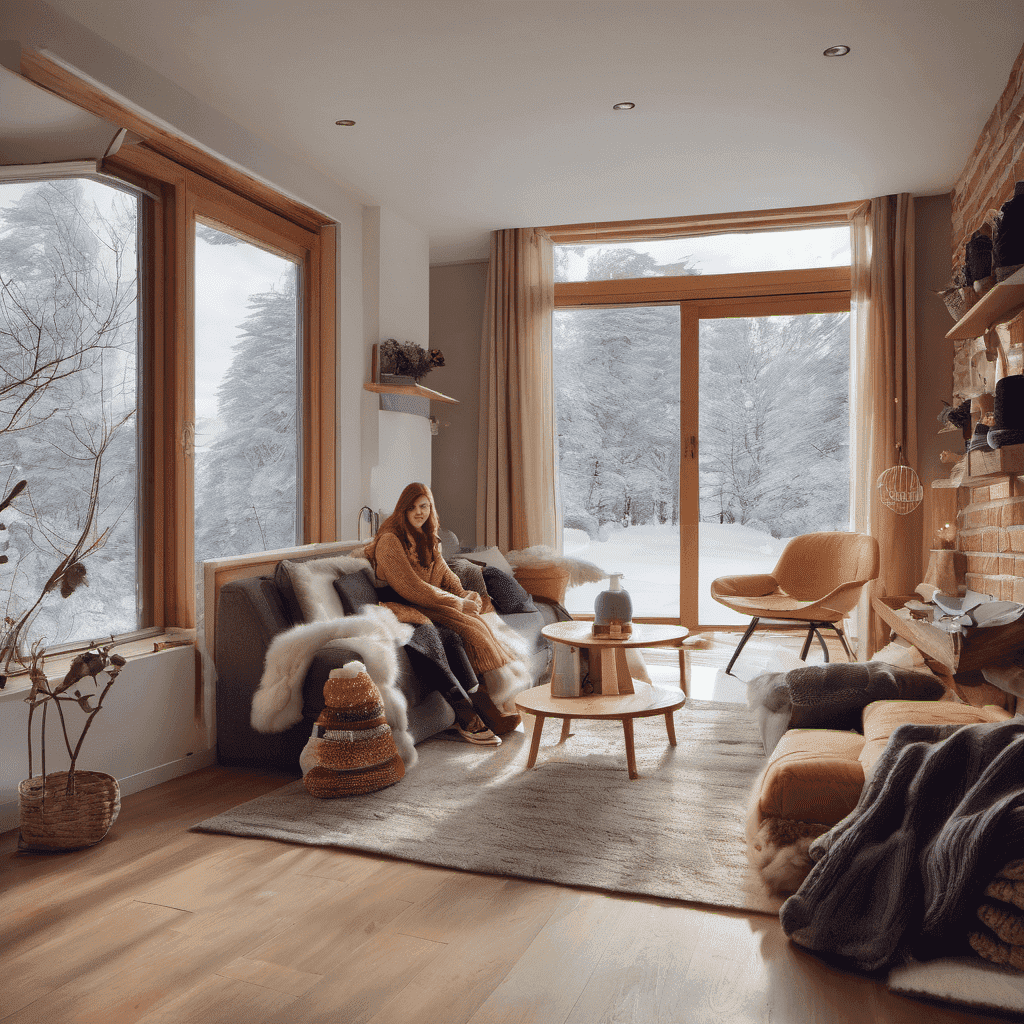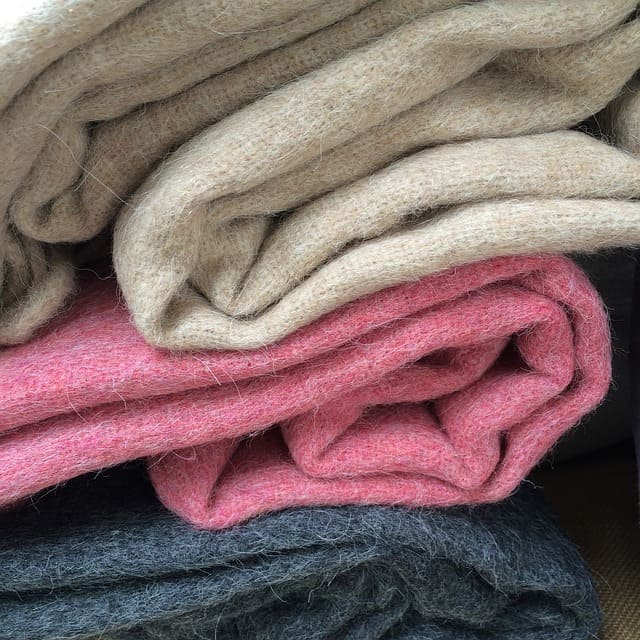Discover essential tips for maximizing winter warmth! From cozy layers to efficient heating, elevate your cold-weather comfort with expert advice. Stay warm and stylish all season long.
As the icy grip of winter descends upon us, the quest for warmth takes center stage. Plunging temperatures, biting winds, and landscapes blanketed in snow forge an environment that necessitates calculated measures for optimal comfort and well-being. Within this guide, we’ll traverse a comprehensive range of tips crafted to elevate your winter warmth encounter. From pragmatic home adjustments to shifts in personal care and lifestyle, these recommendations aspire not only to repel the chill but also to cultivate a snug and delightful winter season.
The winter season poses distinctive challenges demanding an all-encompassing strategy for preserving warmth. Beyond conventional solutions like layering up and cranking up the thermostat, this guide will delve into less explored yet notably effective strategies. From energy-conscious home alterations to the thoughtful selection of clothing materials, our objective is to furnish you with a varied arsenal to combat the cold.
By assimilating these insights into your daily regimen, you can craft a warm and inviting ambiance that not only shields you from the harsh elements outside but also nurtures a feeling of coziness and well-being within your living spaces.
Winter warmth transcends mere survival; it entails embracing the season with a proactive and optimistic mindset. Whether you’re a seasoned winter enthusiast or encountering your inaugural frosty season, the Tips for Better Winter Warmth guide is tailored to accommodate all levels of proficiency.
As the winter season settles in, staying warm becomes a top priority. Whether you’re facing chilling temperatures or biting winds, it’s essential to equip yourself with effective strategies to keep warm and comfortable during the colder months.
In this article, we will explore five tips for better winter warmth, ranging from clothing choices to home insulation.
5 Tips for Better Winter Warmth
1. Layering for Insulation:
2. Choose Thermal Fabrics:
3. Optimize Home Heating:
4. Hydration and Nutrition:
5. Active Movement:
Let’s talk about each tip for for Better Winter Warmth with more details.
1. Layering for Insulation:
One of the most effective ways to stay warm in winter is by mastering the art of layering. Instead of relying solely on a thick coat, opt for multiple layers of clothing to trap heat close to your body. Begin with a moisture-wicking base layer to keep sweat away from your skin. Add an insulating layer, such as a fleece or down jacket, to retain body heat. Finish with a waterproof and windproof outer layer to shield yourself from the elements. This layered approach provides flexibility in adjusting to changing temperatures throughout the day.
2. Choose Thermal Fabrics:
Selecting the right fabrics for your winter wardrobe is crucial for staying warm. Fabrics like wool, fleece, and down are excellent choices as they offer superior insulation. Wool, in particular, has natural thermal properties that help regulate body temperature and keep you warm even when wet. Invest in thermal socks, gloves, and hats made from these materials to protect extremities from the cold. Additionally, thermal underwear can be a game-changer for maintaining warmth in harsh winter conditions.
3. Optimize Home Heating:
Ensuring your home is properly heated is paramount for winter comfort. Regular maintenance of heating systems, such as furnaces and heaters, is crucial to their efficiency. Consider using programmable thermostats to regulate temperatures based on your daily schedule, preventing unnecessary energy consumption. Utilize draft stoppers on windows and doors to minimize heat loss, and close curtains at night to insulate against the cold. Incorporating cozy blankets and rugs also adds warmth to your living spaces.
4. Hydration and Nutrition:
Ensuring proper hydration and nutrition is paramount for maintaining optimal warmth during winter. Staying well-hydrated aids in regulating body temperature and preventing dehydration, which can contribute to feeling colder. Consuming nutritious, energy-rich foods is equally crucial, as the body requires additional calories to generate heat in colder temperatures. Incorporating hot beverages, such as herbal teas or soups, not only provides warmth but also contributes to overall hydration. Additionally, choosing foods rich in carbohydrates and healthy fats helps fuel the body’s internal heating mechanisms. Prioritizing hydration and nutrition enhances the body’s ability to withstand colder temperatures and promotes overall well-being during the winter months.
5. Active Movement:
Immersing oneself in regular and diverse physical activities serves as an indispensable strategy for optimizing winter warmth down to the nuanced details. The multifaceted benefits of active movement include the efficient generation of internal heat, fostering a robust blood circulation system that acts as an efficient countermeasure against the penetrating cold. The spectrum of activities can range from invigorating brisk walks to more intensive jogging sessions or targeted exercises, all of which play a nuanced role in elevating the body’s core temperature. This heightened level of physical engagement not only provides warmth to the muscles but also serves as a preventative measure, mitigating the risk of stiffness and discomfort that can often accompany extended exposure to colder temperatures. Going beyond the purely physiological advantages, the deliberate pursuit of active movement triggers the release of endorphins, natural mood elevators that not only enhance emotional well-being but also contribute significantly to an encompassing sense of warmth and vitality. Whether it entails a brief indoor workout tailored to individual preferences or the immersive experience of outdoor winter sports, the commitment to sustained and varied physical activity emerges as a meticulously detailed cornerstone in the meticulous preservation of warmth and comfort throughout the winter season.
Conclusion:
In conclusion, the “5 Tips for Better Winter Warmth” guide serves as a comprehensive and invaluable resource for individuals seeking to navigate the challenges of the winter season with comfort and efficiency. By embracing a multifaceted approach, the guide goes beyond the conventional wisdom of layering and adjusting thermostats, delving into lesser-known yet highly effective strategies. From optimizing indoor heating systems to making strategic home modifications, the guide empowers readers to proactively combat the cold.
Moreover, the guide recognizes the importance of holistic well-being during the winter months. By emphasizing the significance of proper clothing choices, nutritional considerations, and the utilization of natural sunlight, it fosters an understanding that winter warmth extends beyond mere survival. It encourages individuals to approach the season with a positive mindset, transforming the experience into an opportunity for coziness and well-being. Whether one is a seasoned winter veteran or facing their first frosty season, the guide’s inclusive design ensures that individuals of all proficiency levels can embark on a journey toward better winter warmth, discovering practical and innovative approaches that enhance both comfort and resilience in the face of the winter chill.
FAQs about Staying Warm in Winter:
Q: How can I save money on heating costs?
A: Seal air leaks around windows and doors, use a programmable thermostat, lower the temperature at night, and explore alternative heating sources like fireplaces or pellet stoves.
Q: Should I insulate my home?
A: Yes! Adding insulation to walls, attics, and basements can significantly improve energy efficiency and keep your home warmer.
Q: What are the best ways to keep drafts out?
A: Use weather stripping around windows and doors, install draft stoppers, and consider heavier curtains or thermal window liners.
Q: What’s the best way to dress for cold weather?
A: Layering is key! Start with a base layer (thermals), add an insulating mid-layer (fleece, wool), and top it off with a waterproof outer layer. Don’t forget warm socks, a hat, and gloves!
Q: What materials are best for keeping warm?
A: Natural fibers like wool and merino wool are excellent insulators. Look for clothing with moisture-wicking properties to stay dry and comfortable. Avoid cotton, which absorbs sweat and loses its insulating ability.
Q: Should I wear thermal underwear inside?
A: Absolutely! Thermals are ideal base layers that trap body heat and wick away moisture. They’re perfect for wearing under everyday clothes or pajamas.
Q: What else can I do to stay warm besides turning up the heat?
A: Exercise regularly to boost circulation, drink warm beverages, eat regular meals, and manage stress, which can lower body temperature. Consider using blankets, hot water bottles, or heated slippers for extra warmth.
Q: Is it true that eating spicy food warms you up?
A: Capsaicin in spicy food stimulates blood flow, giving a temporary feeling of warmth. However, it doesn’t actually raise your body temperature.
Q: How can I keep my feet warm at night?
A: Wear thick socks, invest in fleece-lined slippers, and try a hot water bottle at the foot of your bed. Consider layering blankets or using a heated blanket for increased comfort.
Q: Are there any health concerns related to cold weather?
A: Be aware of hypothermia and frostbite, especially in windy or wet conditions. Wear appropriate clothing, protect exposed skin, and avoid staying outdoors for too long in extreme cold.
Q: What are some fun winter activities to keep warm and active?
A: Go for brisk walks, ice skating, skiing, snowboarding, or sledding. Enjoy indoor activities like board games, movies, or reading by a warm fire. Embrace the season and find ways to have fun while staying warm and healthy.





